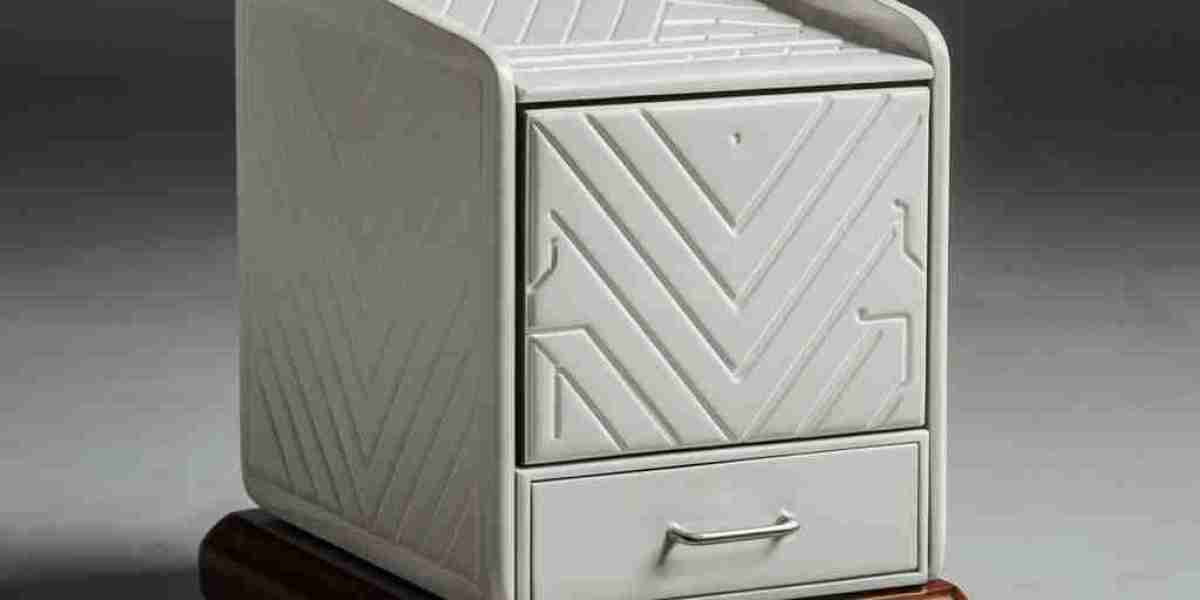The 8-Minute Window That Changes Everything
Picture this: You're at work, enjoying your morning coffee, completely unaware that someone is ransacking your bedroom. The average home burglary lasts just 8 to 12 minutes. That's barely enough time to brew a pot of coffee, yet professional thieves can strip a home of its most valuable possessions in that narrow window.
What makes this even more unsettling? They know exactly where you've hidden everything.
The master bedroom dresser. The closet shelf. That decorative box on your nightstand. The freezer. Yes, even the freezer. These aren't clever hiding spots—they're the first places burglars check because they're the first places everyone thinks to hide things.
Inside the Mind of a Home Invader
Former burglars interviewed by security experts reveal a disturbing pattern: most homeowners are predictable. When you hide valuables, you're thinking like a homeowner, not like a thief. You want easy access to your jewelry before a night out or quick retrieval of emergency cash. This convenience mindset creates a treasure map for intruders.
Here's their typical search pattern:
First 2 Minutes: Master bedroom—specifically the dresser drawers (especially the underwear drawer), nightstands, and jewelry boxes sitting in plain view. Studies show that 80% of burglars head straight to the master bedroom because that's where most people keep their most valuable items.
Minutes 3-4: The closet, looking on shelves, inside shoe boxes, and jacket pockets. They'll flip mattresses and check under the bed if they have time.
Minutes 5-6: The home office or study, targeting desk drawers for cash, checkbooks, and small electronics. They're also looking for documents containing personal information.
Minutes 7-8: Kitchen (checking the freezer, cookie jars, and the back of cabinets), living room (behind picture frames and inside book hollows), and a final sweep for car keys, wallets, and easily pawned electronics.
What's shocking is what they don't bother with: your basement storage, children's rooms (unless looking for electronics), garages filled with tools, and areas that require effort or noise to access.
The Hidden Cost of Being Predictable
Beyond the immediate loss of valuables, there's an emotional toll that many don't consider. Victims of home burglary report feeling violated, unsafe in their own homes, and experiencing symptoms of anxiety and stress for months afterward. The financial impact extends beyond stolen items—there's the increased insurance premiums, time off work to deal with police reports and insurance claims, and the cost of upgrading security systems.
But here's what most people don't realize: this is entirely preventable.
The difference between being targeted and being passed over often comes down to one factor—making your home less convenient than your neighbor's. Thieves are opportunists working against the clock. If they can't find valuables quickly, they move on.
The Unconventional Hiding Spots That Actually Work
Security professionals and former law enforcement officers have identified locations that thieves rarely check because they require too much time, make too much noise, or simply don't occur to them:
Inside Plumbing Access Panels: These mundane panels in bathrooms and kitchens blend into walls. Thieves won't waste precious minutes unscrewing them on the off-chance something's inside.
Within Curtain Rods: Hollow curtain rods can hold rolled cash, important documents, or small jewelry. They're completely overlooked because they're considered purely decorative.
Inside Children's Diaper Boxes: Active diaper boxes in a nursery are the last place thieves want to dig through—messy, time-consuming, and low-value target area.
Behind Wall Outlets: Fake electrical outlets (available as safes) blend seamlessly into walls. Thieves would never pull out outlets to check for hidden compartments.
Inside Cleaning Supply Containers: An empty bleach bottle under the sink, clearly marked and grouped with other cleaning supplies, won't get a second glance.
In the Pet Food Bag: A sealed bag or container within a larger bag of dog food is both unexpected and unappetizing to investigate.
Garage Paint Cans: Old, labeled paint cans on garage shelves that look used and dirty are the opposite of "valuable items here."
The pattern? These locations are either time-consuming, disgusting, require tools to access, or appear to have zero value.
The Ultimate Solution: Stop Hiding, Start Securing
While creative hiding spots can work temporarily, here's the truth: the best protection isn't hiding—it's securing.
A properly installed small safe combines the best of both worlds: physical security that can't be quickly defeated and the option to conceal it in an unexpected location. Modern compact safes offer:
- Fire and water resistance that no hiding spot can provide
- Bolt-down capability that makes quick theft impossible
- Organized storage so you actually know where important items are during emergencies
- Quick access through biometric or digital locks when you need your valuables
The psychology shifts dramatically when thieves encounter a safe. Even if they find it, a properly secured safe bolted to studs or floor joists can't be removed in their 8-minute window. Most burglars will abandon the attempt rather than risk the noise and time required to defeat it.
Take Action Today: Your 3-Step Security Upgrade
Step 1: Walk through your home right now and identify where you're currently "hiding" valuables. If you thought of that spot in under 10 seconds, so will a thief.
Step 2: Research compact safes that fit your specific needs—consider fire ratings, size requirements, and installation locations that work in your space.
Step 3: Install your safe in an unexpected location (not the obvious bedroom closet) and properly bolt it down. A safe that isn't secured is just an expensive box for thieves to carry away.
The difference between peace of mind and devastating loss often comes down to one decision. You've already invested in the valuables—jewelry passed down through generations, important documents that can't be replaced, emergency cash for difficult times. Isn't it worth investing in protecting them properly?
Don't wait for the 8-minute window that changes everything. Secure what matters most before someone else decides your predictability is their opportunity.
Ready to upgrade your home security? Explore our comprehensive guide to choosing the right small safe for your home, or browse our top-rated selections that combine security, affordability, and ease of installation.




